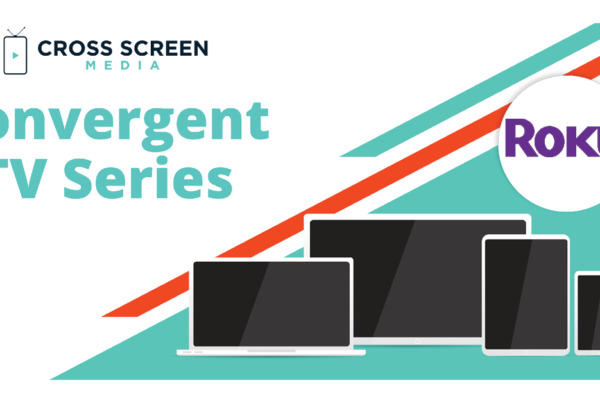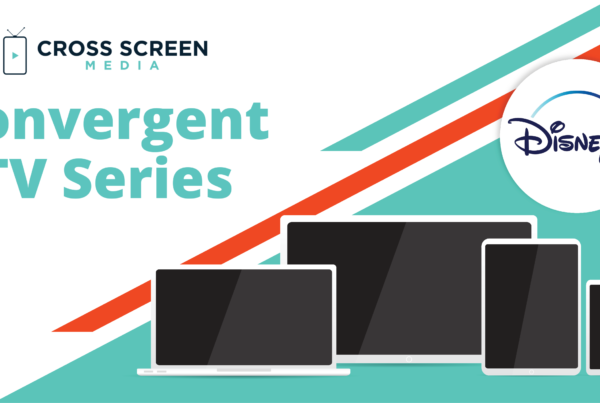Convergent TV Series
What is Netflix?
When it comes to streaming, Netflix is the [tiger] king of the jungle. Netflix is the world’s largest streaming service, with more than 190 million subscribers globally.


Netflix has grown subscriptions by spending billions to license and produce popular content. The company has produced critically acclaimed original series like “Stranger Things” and “Bojack Horseman,” and movies like “Bird Box” and “The Irishman.” With these big investments come big results; in December 2019, the streaming service received 17 Golden Globe film nominations.
In Q2 2020, Netflix added 10 million new subscribers, beating analyst expectations of 7.5 million. The greatest increase was in international audiences, critical to Netflix’s continued growth. Netflix increased its international subscribers by 62% to 120 million. That’s compared to a 38% increase in U.S. and Canada subscribers, to 72.9 million.
The company brought in $6.15 billion in Q2, a 25% year-over-year increase. Profit was $720 million. While Netflix’s revenue for the 2020 fiscal year is not available, annual revenue roughly tripled in the last 5 years to $20 billion in 2019.
While Netflix has no shortage of subscribers, industry experts think the company will eventually have to run ads if it wants to keep expanding.
What does Netflix mean for convergent TV advertising today?
Netflix is the king of streaming. But in an increasingly crowded space, holding onto that crown isn’t easy — especially when ad-supported options are often so much less expensive.
NBC Peacock offers a free, ad-supported version. Hulu offers an ad-supported version for as low as $5.99 a month. Hulu can also be bundled with ad-free Disney+ for a cost-saving combo of streaming services. Netflix offers no discounted bundle options.
But competing with Netflix is not just about a race to the bottom in terms of cost. Quality of viewer experience matters. Competitors that run ads have to tailor them to be relevant to their audiences, so audiences stay engaged. That goes for both streamers and linear TV, which has increasingly come head-to-head with Netflix in competition for viewer’s time.
Streaming services have the precise targeting power of digital advertising, and some — like Hulu — are trying experimental formats to more smoothly integrate ads into content. Addressable advertising continues to grow as well, enabling advertisers to achieve that power of increased targeting with linear TV audiences.
When ads start to feel less like an interruption, the benefit of ad-free services diminishes. This may allow some of Netflix’s smaller competitors to close the gap.
Netflix is the king of streaming. But in an increasingly crowded space, holding onto that crown isn’t easy — especially when ad-supported options are often so much less expensive.
NBC Peacock offers a free, ad-supported version. Hulu offers an ad-supported version for as low as $5.99 a month. Hulu can also be bundled with ad-free Disney+ for a cost-saving combo of streaming services. Netflix offers no discounted bundle options.
But competing with Netflix is not just about a race to the bottom in terms of cost. Quality of viewer experience matters. Competitors that run ads have to tailor them to be relevant to their audiences, so audiences stay engaged. That goes for both streamers and linear TV, which has increasingly come head-to-head with Netflix in competition for viewer’s time.
Streaming services have the precise targeting power of digital advertising, and some — like Hulu — are trying experimental formats to more smoothly integrate ads into content. Addressable advertising continues to grow as well, enabling advertisers to achieve that power of increased targeting with linear TV audiences.
When ads start to feel less like an interruption, the benefit of ad-free services diminishes. This may allow some of Netflix’s smaller competitors to close the gap.
I am text block. Click edit button to change this text. Lorem ipsum dolor sit amet, consectetur adipiscing elit. Ut elit tellus, luctus nec ullamcorper mattis, pulvinar dapibus leo.

What does Netflix mean for
convergent TV advertising in the future?
Netflix co-CEO Reed Hastings has said there’s “no easy money” in entering digital advertising, which would require the streaming service to compete with an even broader market including ad goliaths Amazon, Google, and Facebook.
That stance hasn’t stopped some from speculating that Netflix will eventually run ads to support future growth and to address the billions in debt that the company carries to finance content.
Netflix already engages in promotional activities with brands. And Wall Street analysts have estimated the streaming service could make over $1 billion more per year by introducing an ad-supported tier to its service.
Netflix has said running ads would detract from its focus on pleasing viewers. But if the popularity of password sharing is any indication, there are audiences who aren’t willing to pay its comparatively high subscription fees. A lower-cost, ad-supported tier could fix that.





